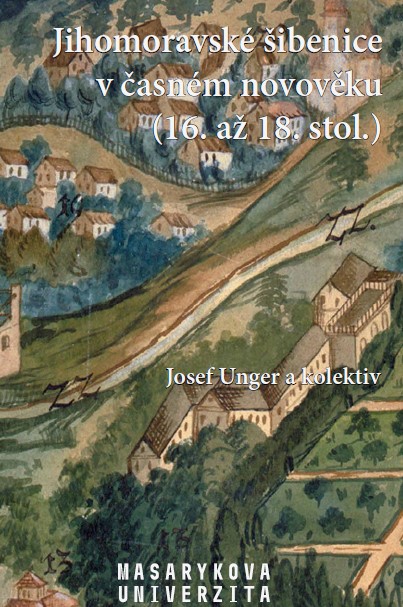Popraviště ve vztahu ke krajině na jižní Moravě
Places of execution in relation to the landscape in South Moravia
Author(s): Jan Velek
Subject(s): Archaeology, Regional Geography, Criminology
Published by: Masarykova univerzita nakladatelství
Keywords: execution practices; South Moravia; landscape; execution sites;
Summary/Abstract: At present, we are used to perceiving landscapes and significant points in a settlement structure quite differently than it has been for past centuries. The landscape scale and the extent of settlement formations have changed, areas of cultivated fields have changed, and the range of afforestation has changed. There has been a substantial change in the communications network thanks to different modes of transportation, and there have often been substantial changes in the size and modification of water features in the landscape. The original elements of the landscape, which were distinctive for centuries, gradually lost their importance, partly disappeared, or were replaced by other landscape landmarks, with different character and function. Based on the First Military Mapping, which was acquired on the basis of direct observation of real situation in the field, we can derive five basic building types, which were of fundamental importance to the inhabitants of the area as a dominant of the nearby landscape. These are: castle or chateau (mansion seat), church or monastery (seat of ecclesiastical institutions), town hall (seat of administrative power of larger settlement unit), fortification (building element providing security) and execution site (symbol of enforcement). Only a few of this number of execution sites have been preserved in the South Moravian Region as building ruins, few have been identified and documented archaeologically, but these sites are not listed. From most of others, only the place name remained without visible building or terrain tracks. The aim of the research plan is to assess the physical state of preservation of building sites of gallows (or their archaeological relics), possible archaeological research of selected localities and the design of meaningful conservation of the last few torsos of buildings, which in the past played an important role in the everyday life of all residents and in the landscape.
Book: Jihomoravské šibenice v časném novověku (16. až 18. stol.)
- Page Range: 33-36
- Page Count: 4
- Publication Year: 2019
- Language: Czech
- Content File-PDF

